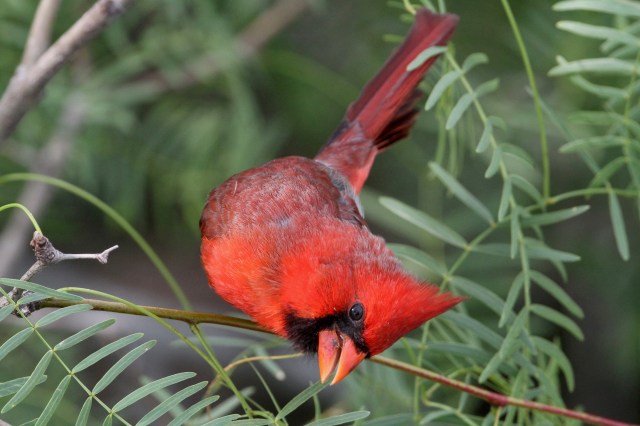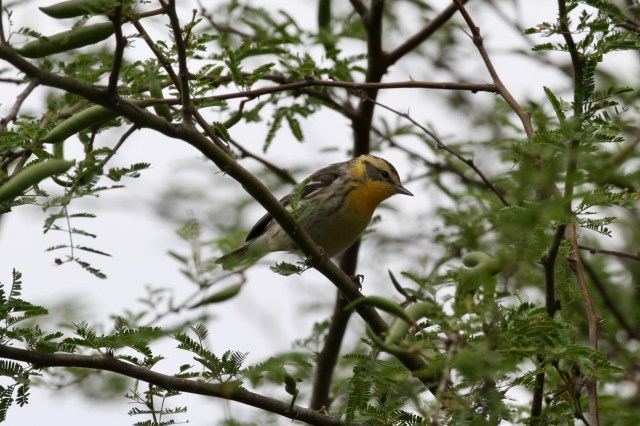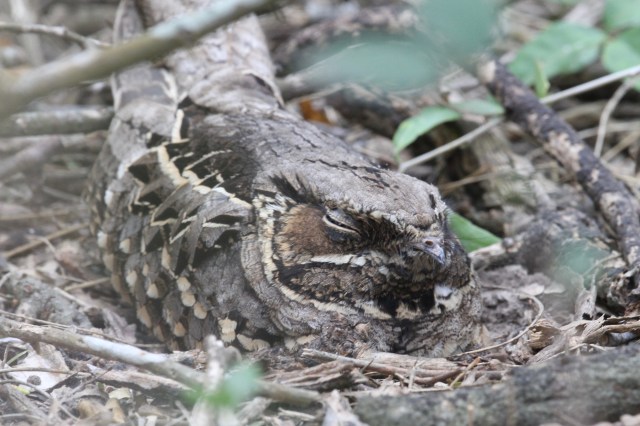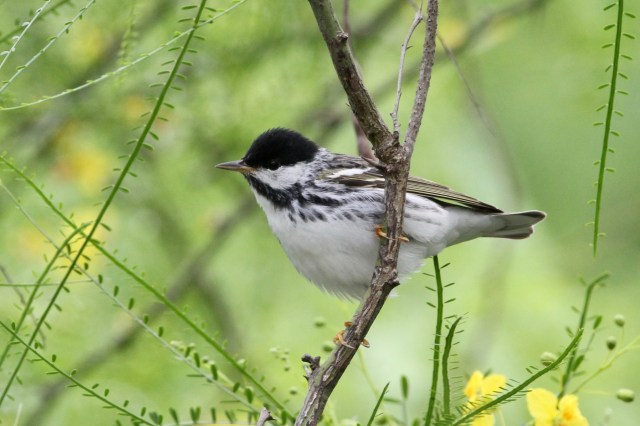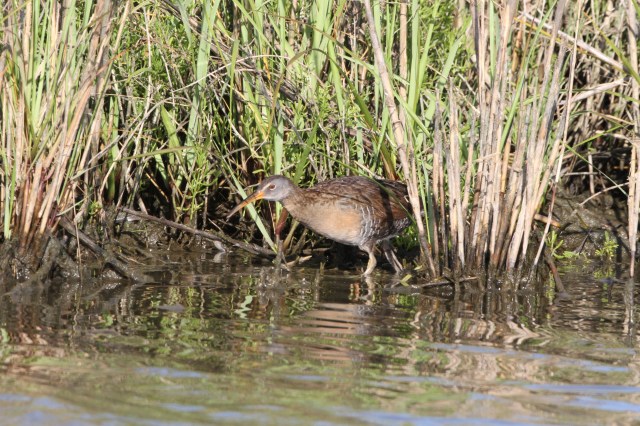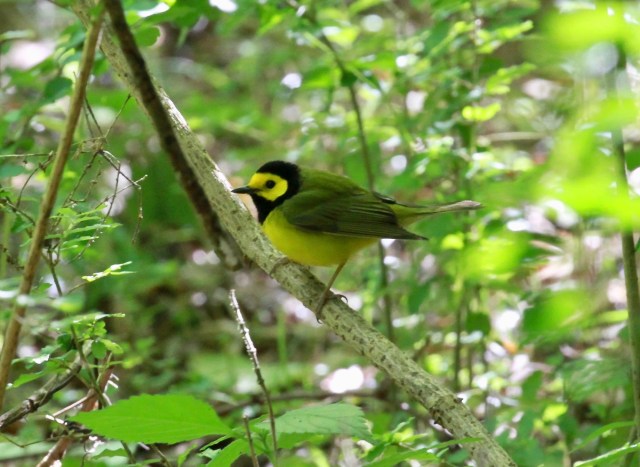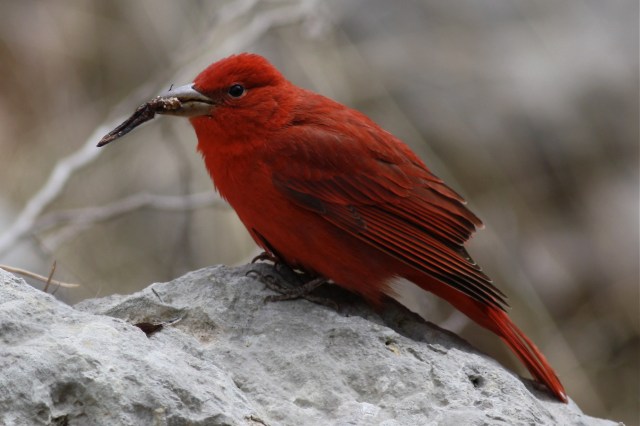
Elf Owl – the worlds smallest – weighing in at just 40g and measuring less than 6 inches
Our day was spent at more of the Lower Rio Grande premier birding sites, including Bentsen Rio Grande State Park, Anzalduas County Park, Frontera Audubon Thicket & Valley Nature Centre, Weslaco, adding another dozen new species. However, the real action came this evening when we were on our way to the parrot stake-out in McAllen. As we turned off the highway Jake noticed a kettle of raptors overhead. We got out to take a couple of record shots of, what we assumed would be, Broad-winged Hawks – later identified from photos as Mississippi Kite, when Jake identified a Swallow-tailed Kite! Later finding a second individual amongst the three hundred or so other raptors. We then headed for Bentsen for a rendezvous with a certain owl species. I’m pleased to say that the police officer who pulled me over for exceeding the speed limit was very understanding and let me off with a warning – thank you officer! We arrived just in time to see the Elf Owl – the worlds smallest owl, emerge from it’s hole, high up in a telegraph pole. We could just about make it out in the gloom of the Texas sunset. A fantastic end to another great day in The Valley.
‘Kettle’ of 300 Mississippi Kite over McAllen this evening (115 in this photo alone!)
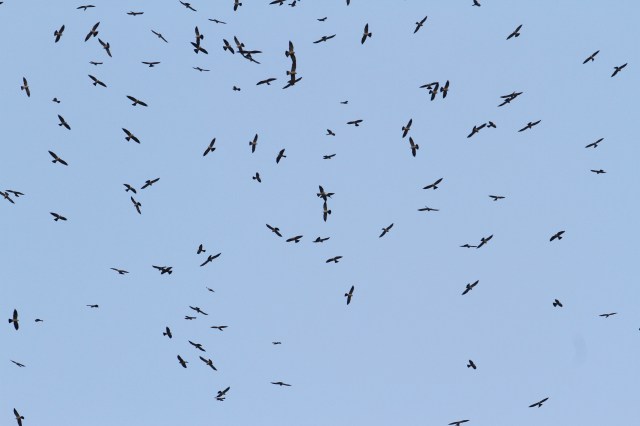
Swallow-tailed Kite – a really unexpected bonus bird
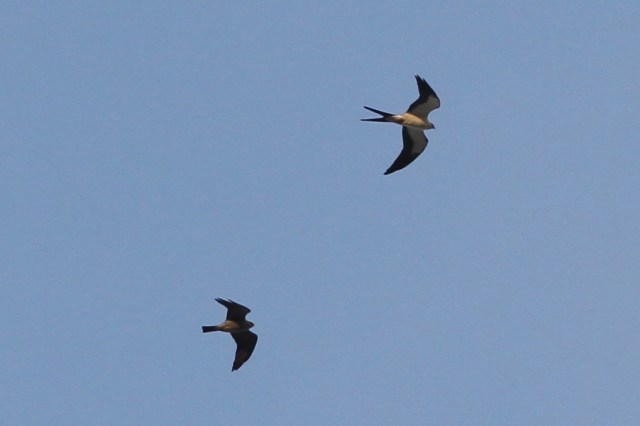
Seen in Bentsen Rio Grande State Park this morning – the common, but no less stunning, Cardinal and the much less common Altamira Oriole
